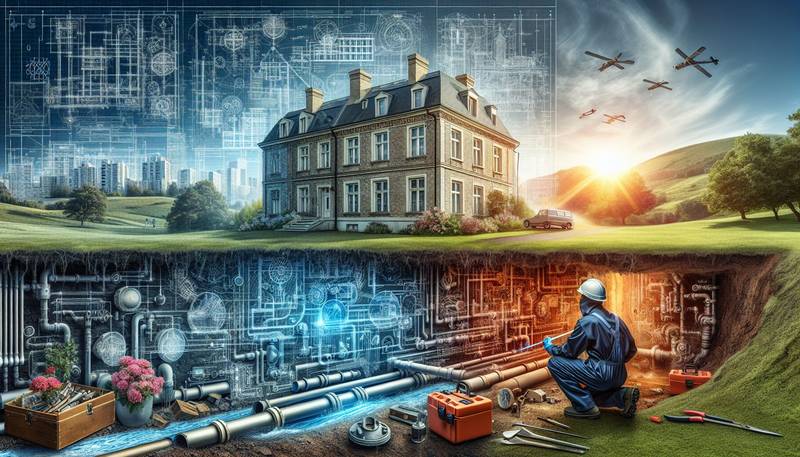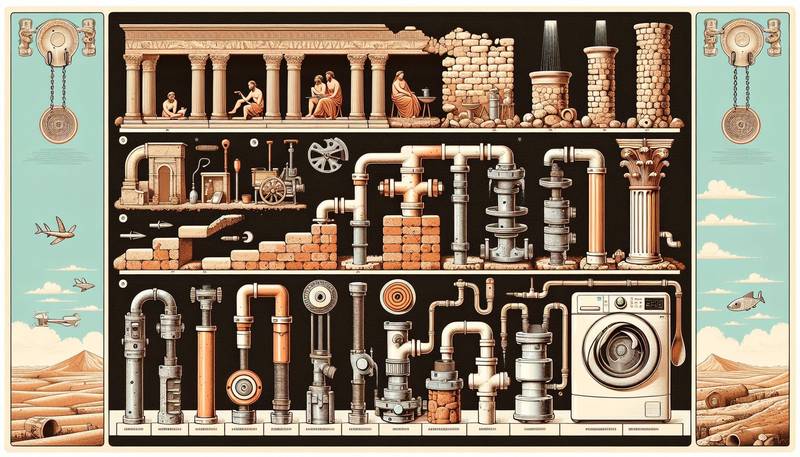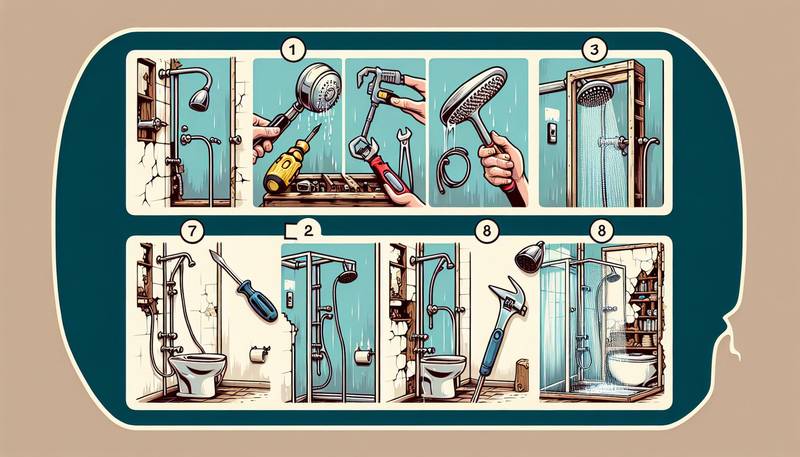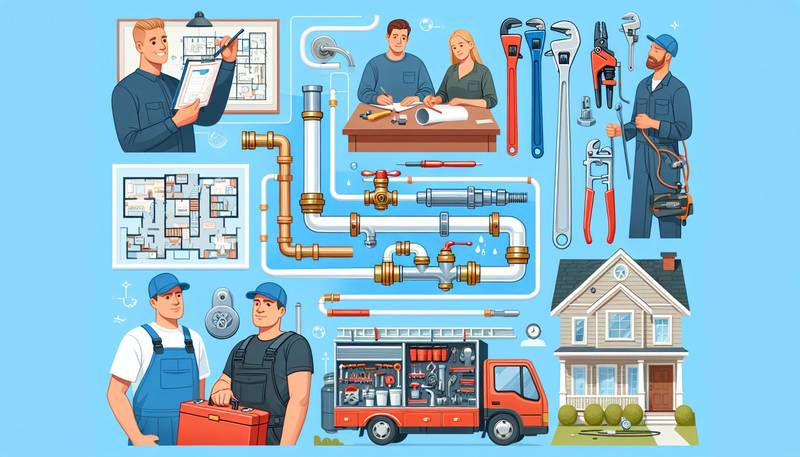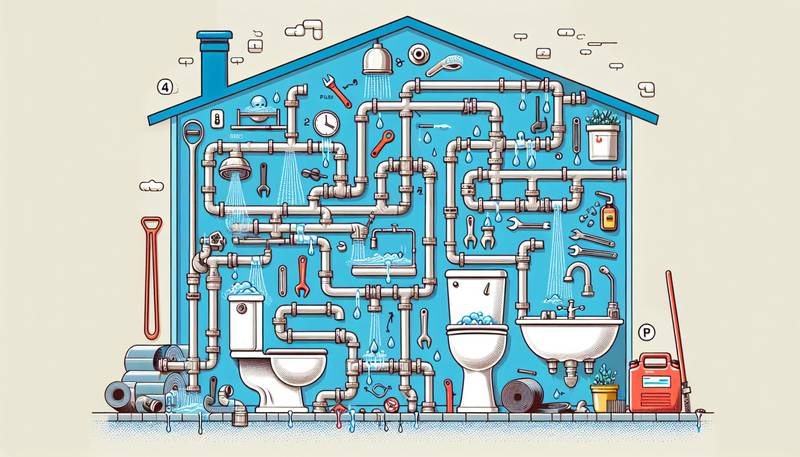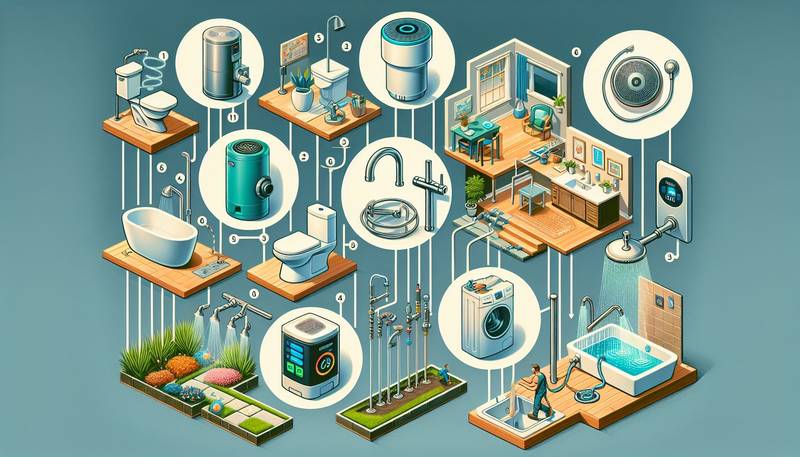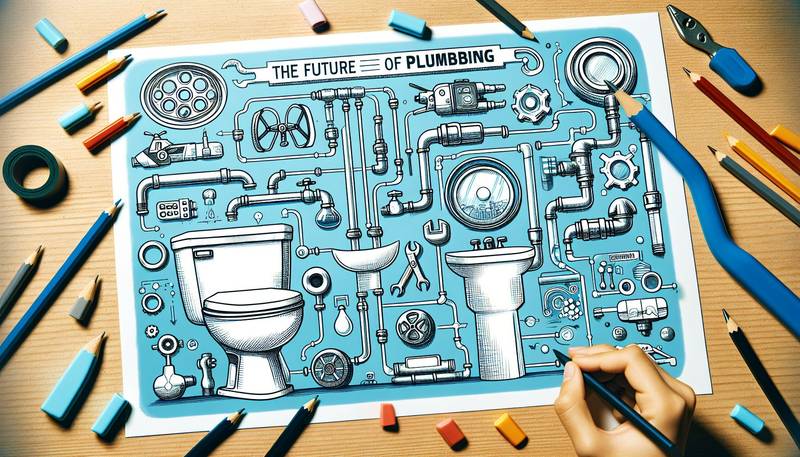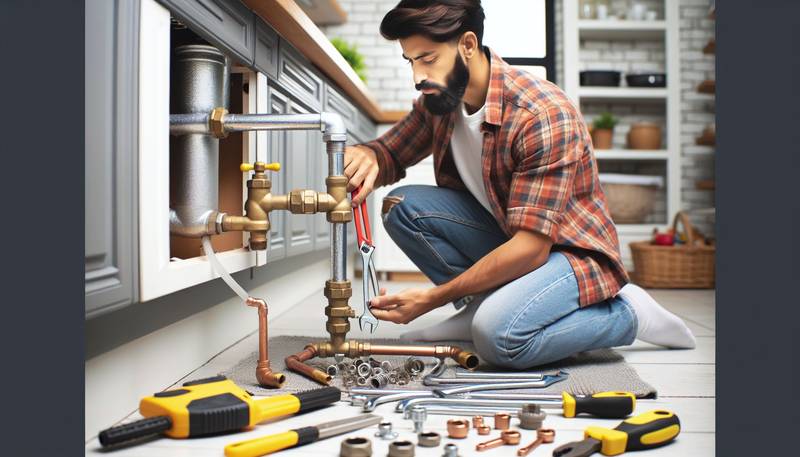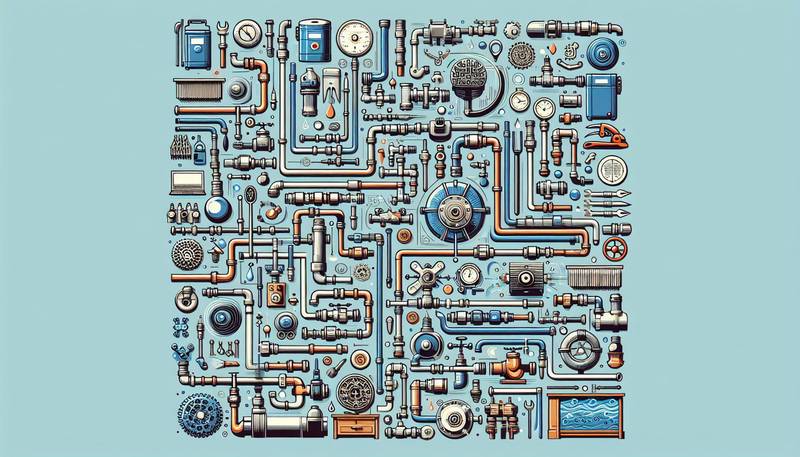Mastering the Art of Leak Detection: A Guide for Professionals
In this guide, we will discuss the art of leak detection and provide tips and techniques for mastering this important skill.
Understanding the Basics of Leak Detection
Before delving into the specifics of leak detection, it is essential to understand the basics of how leaks occur and the common signs that indicate a leak may be present. Leaks can occur for a variety of reasons, such as deterioration of materials, improper installation, or excessive pressure. Signs of a leak can include water stains, mold growth, hissing sounds, or fluctuations in water pressure.
Utilizing the Right Tools and Equipment
One of the key components of mastering leak detection is having the right tools and equipment at your disposal. Depending on the type of leak and the material involved, different tools may be needed. Some common tools used for leak detection include pressure gauges, acoustic leak detectors, thermal imaging cameras, and dye testing kits. It is important to invest in high-quality tools to ensure accurate and efficient detection.
Conducting a Systematic Inspection
When approaching a leak detection job, it is crucial to conduct a systematic inspection of the area in question. Start by visually inspecting the area for any obvious signs of a leak, such as water stains or puddles. Next, use your tools to test for leaks in a methodical manner, starting from the point of suspected leakage and working outward. Take notes and document your findings to help pinpoint the source of the leak.
Implementing Different Detection Techniques
There are several different techniques that can be used to detect leaks, depending on the type of system and material involved. For example, in plumbing systems, acoustic leak detection can be effective in locating hidden leaks by listening for the sound of water escaping from pipes. Thermal imaging cameras can also be useful for detecting leaks in HVAC systems by detecting temperature differentials caused by leaks.
Collaborating with Other Professionals
In some cases, mastering the art of leak detection may require collaborating with other professionals who have specialized knowledge or expertise. For example, if you are dealing with a complex industrial system or a large commercial building, you may need to work with engineers, contractors, or other specialists to accurately identify and repair the leak. By leveraging the skills and knowledge of others, you can improve your leak detection abilities.
Staying Current with Training and Education
As with any skill, mastering the art of leak detection requires ongoing training and education. Stay current with the latest techniques, tools, and technologies in the field of leak detection by attending workshops, conferences, and industry events. Take advantage of online resources, such as webinars and training courses, to stay informed about new developments in leak detection.
Conclusion
Mastering the art of leak detection is a valuable skill for professionals in various industries. By understanding the basics of leak detection, utilizing the right tools and equipment, conducting systematic inspections, implementing different detection techniques, collaborating with other professionals, and staying current with training and education, you can enhance your abilities in this important field. With practice and dedication, you can become a skilled leak detection professional who can quickly and accurately identify leaks and prevent potential damage.
